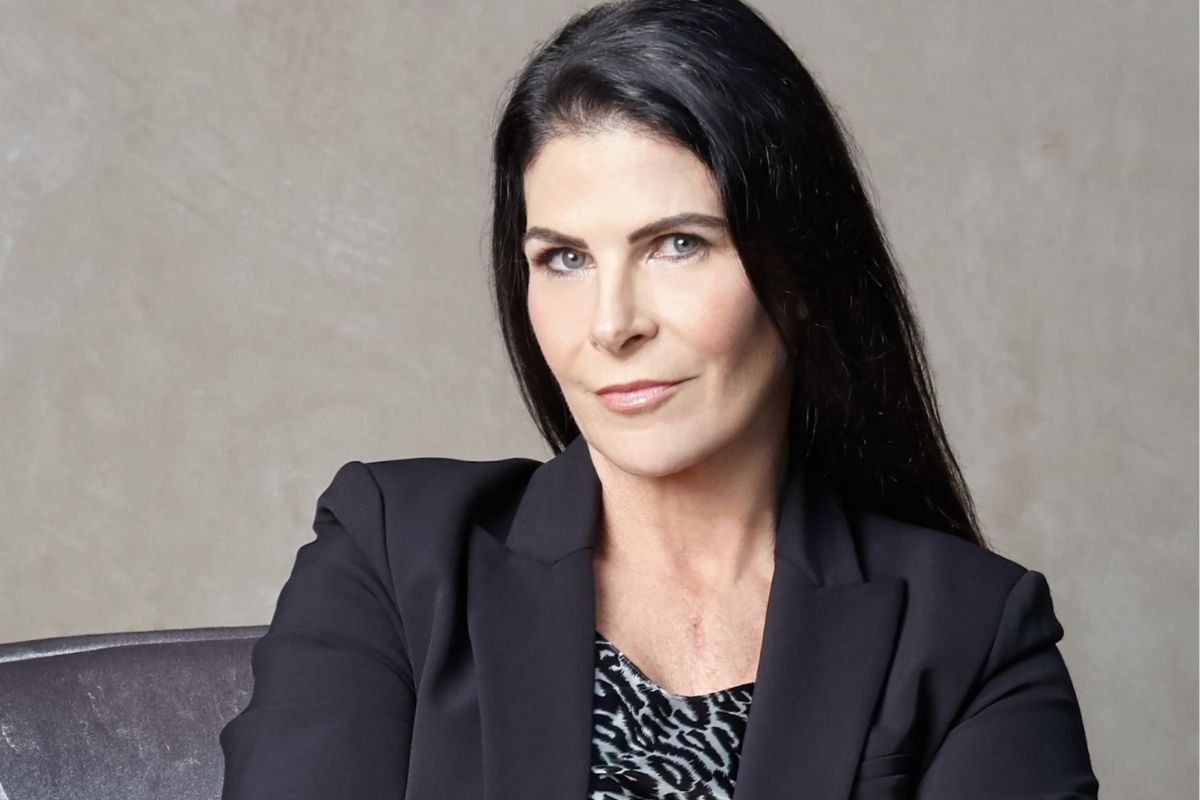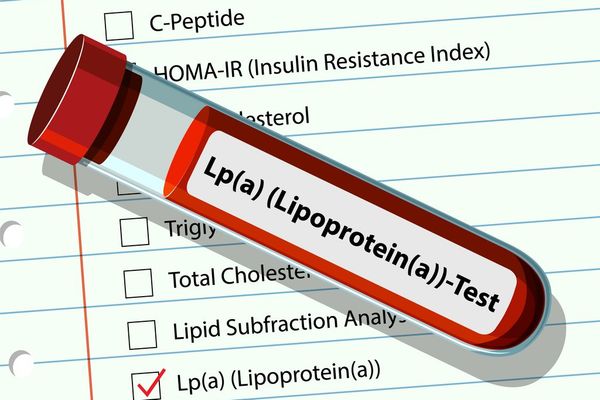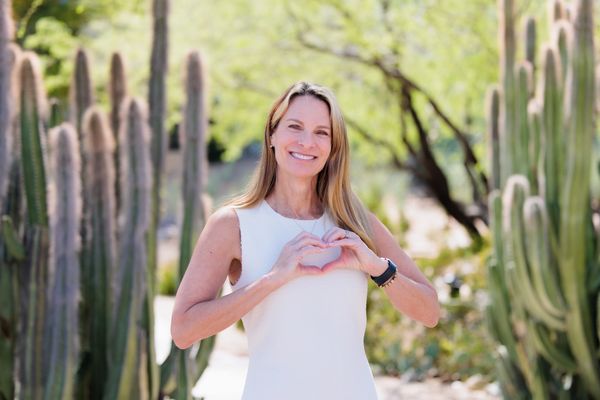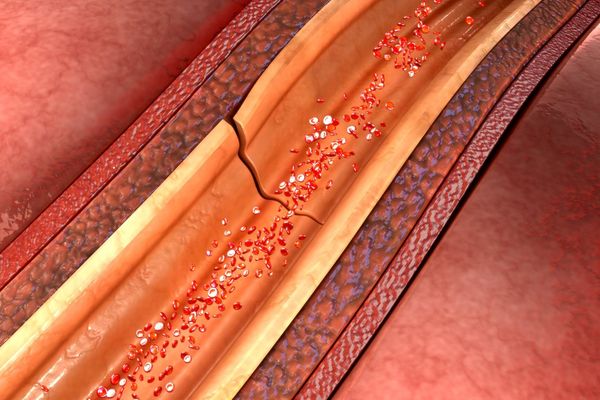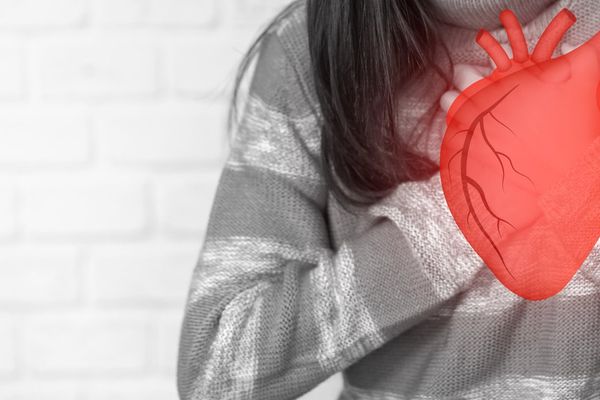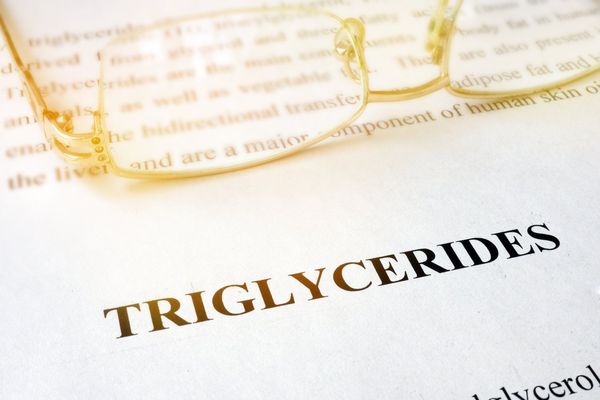As told to Jacquelyne Froeber
As I opened my eyes, I heard my cardiac surgeon say, “I’m so glad you’re with us. His voice full of emotion. “We had to do open-heart surgery.” And then everything went dark again.
Before open-heart surgery and five surgeries before that, I was diagnosed with a genetic heart disease called hypertrophic cardiomyopathy (HCM). Basically, the disease causes the heart muscle to thicken, which makes it harder for my heart to pump blood to the rest of my body. That means I can be at high risk for sudden cardiac death — which is exactly like it sounds.
Over the years, I’ve lost six family members to HCM. So when I was diagnosed in 2002, I wasn’t shocked given my family history. But I wanted to do whatever I could to reduce my risk for cardiac arrest. My cardiologist recommended putting a cardioverter defibrillator (ICD) in my chest. The device would deliver a shock to my heart if my heart rhythm was off.
The concept of surgery for HCM wasn’t new to me. My dad had a heart transplant. My cousins had ICDs. But for me, this was a complicated decision. Frankly, I was scared. I’d never had surgery before. Did I really need the procedure?
But that’s the thing about HCM. You can do everything right in your life — healthy diet and exercise — and still unexpectedly die from the disease. Ultimately, I thought of my loved ones who passed away too soon and decided to go through with the surgery to protect my own health.
Of course, I didn’t know the procedure would do the opposite.
When I woke up from the surgery I was in agonizing pain. This could be expected, I’d just had surgery, but as the days went on, the pain continued to radiate through my body. I couldn’t move my left arm because it hurt too much. At times I couldn’t move my mouth because the pain was so intense. I was on heavy doses of pain medication but nothing helped.
The cardiologist said he wasn’t sure why I was in so much pain. I saw other physicians who also couldn’t explain it. What they really meant was that they didn’t believe I was in pain. But I knew something was very wrong. I pleaded with them, saying I couldn’t move my arm. I could barely function, but they didn’t believe me. My quality of life was so low, I had no choice but to keep going until I found someone who believed me.
One year after my ICD surgery, I found that physician. He agreed to perform surgery to look at the device. He couldn’t promise I would feel better, but he was willing to try. And that’s all I needed.
When I woke up from that procedure I sobbed with relief. I actually felt good. I had pain, sure, but it wasn’t the searing agony I’d become too familiar with. My physician confirmed that the device was placed incorrectly in my chest. The previous surgeon put the device in my muscle, not under it. So with every breath, I was ripping muscle and causing horrendous pain.
I finally had the validation I deserved. My pain was real. My feelings mattered. I could move on with my life.
Then in 2012, I learned there was a recall on the device generator in my chest, and I had to have surgery to replace it. Shortly after that surgery, the manufacturer recalled the wires that deliver the electric signals. The ones that were still in my heart.
To make matters worse, my wires had fractured so it was going to be a more dangerous procedure to remove them. But without the wires, the device didn’t work, so I was not protected if I were to go into cardiac arrest. I knew the danger going into the surgery but nothing could have prepared me for what happened.
During the surgery, a vein was severed under my collar bone, and I started to bleed out. My surgeon had seconds to decide to do emergency open-heart surgery to stop the bleeding and, hopefully, save my life.
I woke up with an enormous and deep cut down the middle of my chest. It’s hard to explain the shock and all the emotions that happen after you learn you’ve had emergency open-heart surgery. I was thankful to be alive. But I also knew the recovery process was going to be brutal and scarring on many levels. For the first time, I began to doubt that I’d ever have my quality of life back.
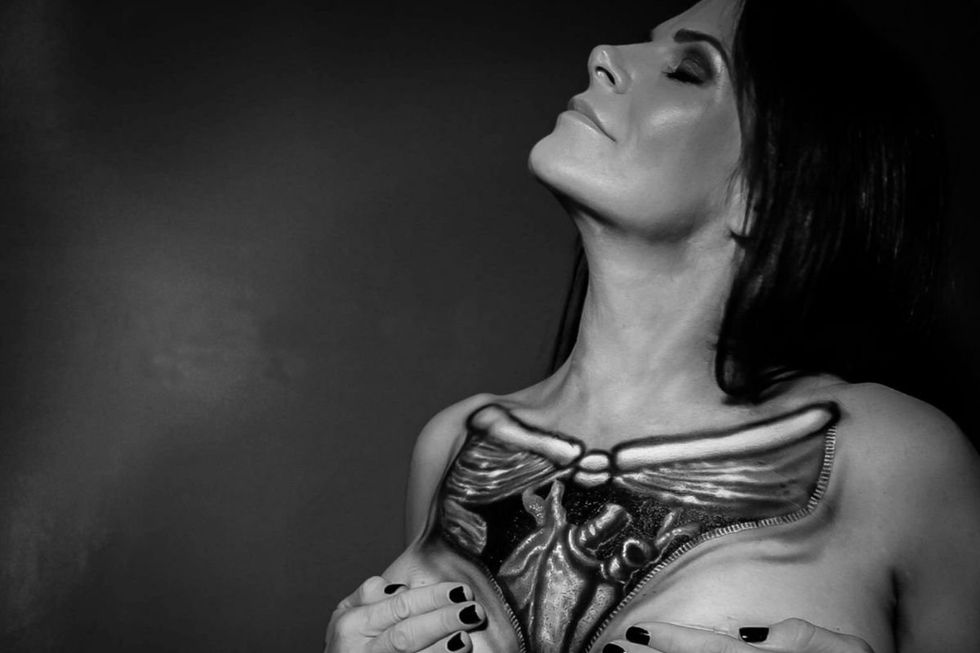
It took more than a year for me to feel like myself again and it’s surreal to be on the other side of it today. I have an amazing quality of life now. I play pickleball whenever I can. I don't take medication, I don't experience symptoms of heart disease, I just live my life.
My journey with HCM also helped me connect on a deeper level to my community service work, which I began in 1999, and to my current nonprofit, Heartfelt, started in memory of my family members lost to the disease. Through the organization we provide affordable, at times free, cardiac screening for adults and kids ages 5 and up because early detection of heart disease and heart problems saves lives.
Surprisingly, cardiac screening isn’t widespread or available to the public like it should be. Heart disease is the No. 1 cause of death for women in the U.S. so we should look at our heart health just like we would a mammogram and get screened every year.
Many risks of cardiac arrest can have no symptoms and the first symptom is often death. But it doesn’t have to be all doom and gloom. Knowing your risk and getting screened can help you have peace of mind and the information you need to safeguard your life.
Like me, you can live a happy, healthy life with heart disease.
Have a Real Women, Real Stories of your own you want to share? Let us know.
Our Real Women, Real Stories are the authentic experiences of real-life women. The views, opinions and experiences shared in these stories are not endorsed by HealthyWomen and do not necessarily reflect the official policy or position of HealthyWomen.

